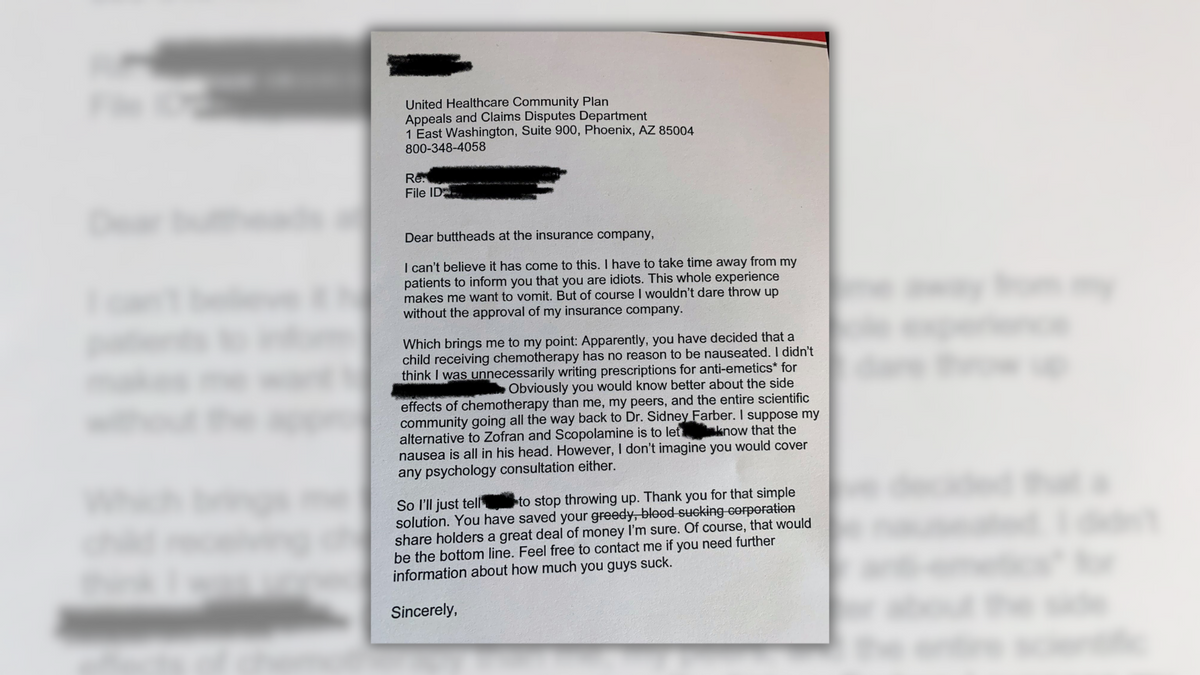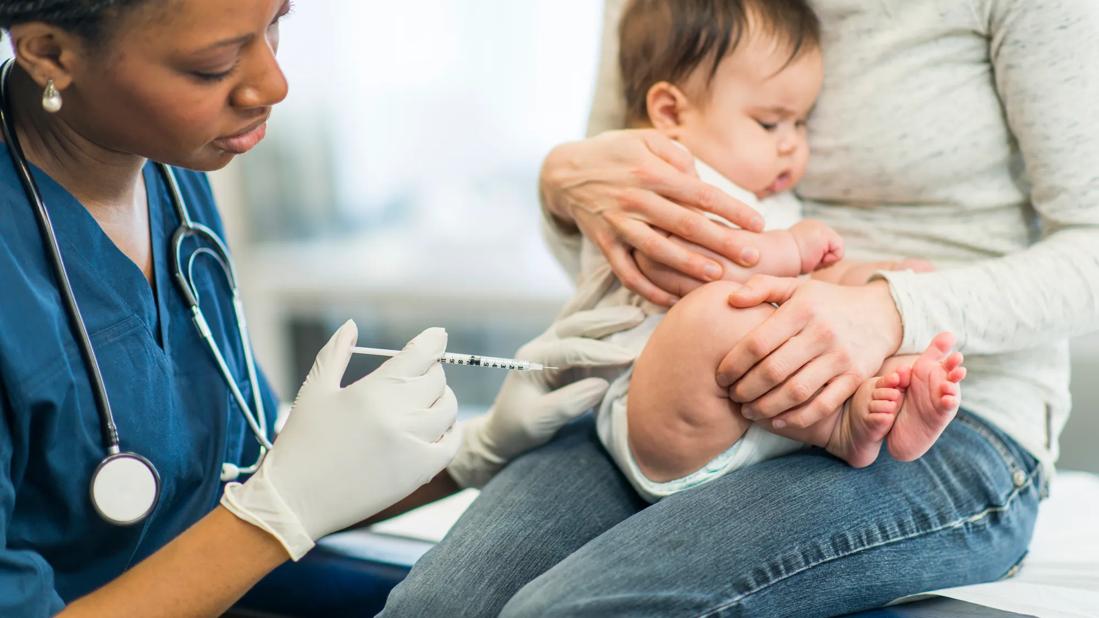Eating disorders like anorexia, bulimia are more severe than ever

The pandemic worsened the incidence of anxiety and depression — both are risk factors for triggering or worsening eating disorders.
While eating disorder-related visits dipped slightly after a peak in 2021, they’re nowhere near pre-pandemic levels as adolescents and younger teens cope with the after-effects of Covid, such as grieving for family members who have died, falling behind in school or losing touch with friends.
And the patients coming in with eating disorders are in more serious condition now, with both mental and physical symptoms appearing more urgent, experts say.
“They’re sicker than before, and they’re more complicated than they were before,” said Boston Children’s Freizinger, noting that even after Covid, teens are being hospitalized at an alarming rate. Many require medical stabilization for malnourishment, and their psychiatric symptoms are more severe.
“We all have collective trauma from the pandemic, but many of these kids have PTSD,” said Freizinger. “They’re also younger.”
Waitlists for eating disorders treatment
Seventeen-year-old Lana Elisha Garrido, who was first treated for anorexia at age 13 and then relapsed in December 2021, said she noticed younger patients at the Los Angeles facility where she received intensive treatment five months last year.
“When I was 13, everyone around me in treatment was an adult,” she said. “Now there’s like 20 people my age.” Garrido, who’s connected with other teens through volunteering with the National Eating Disorder Association (NEDA), said she’s been hearing about monthslong waitlists to begin treatment.
Despite the pervasive eating disorder stereotype — white, female and underweight — teens from racial and ethnic minority groups, as well as males and teens with larger bodies, develop certain eating disorders at even higher rates, according to research.

“I feel like a lot of marginalized people out there don’t know what to do or where to go or how to approach treatment,” said Garrido, a first-generation Filipino American whose parents are immigrants.
Over the years, Garrido said she’s noticed that almost all of the doctors in her various treatment facilities have been white, despite living in a city as racially and ethnically diverse as Los Angeles.
Eating disorders are less likely to be recognized among these underrepresented groups. In one 2006 study, doctors accurately diagnosed 17% of Black women, 41% of Latina women and 44% of white women with identical eating disorder symptoms.
Freizinger added that many eating disorder specialists don’t accept Medicaid or don’t accept insurance at all, which can make treatment access all the more difficult for underrepresented minority groups, especially Black and Hispanic populations who are more likely to have Medicaid or lack health insurance altogether than white Americans.
These missed diagnoses and treatment access barriers have meant very few research studies into eating disorder disparities, but several slightly older studies suggest certain eating disorders may be more prevalent among minorities. A 2011 JAMA Psychiatry study, for instance, found bulimia was more common among Hispanic teens than white teens, and binge-eating disorder was more common among both Black and Hispanic teens than white teens. In 2013, a survey of high schoolers identified eating disorder behaviors occurred nearly three times as often among transgender students.
‘The environment pulls the trigger’
Before Covid, Freizinger would typically start seeing patients around a parent’s divorce, a lost loved one or the transition from middle school to high school or high school to college.
“It’s a complicated process with biological, psychological, genetic and social-cultural factors,” she said.
Under typical circumstances, strong social connections can act as protective factors for teens with heightened risks, helping them avoid developing eating disorders.
That changed in 2020. During pandemic lockdowns, young people suddenly lost access to these connections.

Megan Bazzini, now 22, has struggled with anorexia since her early teens. She has since recovered, but said her symptoms worsened during the pandemic.
“Before Covid, if your thing was going out for dumplings with your friends, and you said you didn’t want to do that because of your eating disorder, you’d stop getting invited to hang out,” said Bazzini, who lives in New York City.
During Covid restrictions and lockdowns, those experiences vanished.
“I wasn’t in social situations where I felt like I needed to eat to make other people happy,” she said. “Eating disorders thrive in secret.”
Thinness ideals and social media
However, it’s impossible to separate the teen eating disorder crisis from social media, experts insist.
Eighty-four percent of teens reported using social media, and the most popular apps were YouTube, Snapchat and TikTok, according to a survey from the nonprofit Common Sense Media. Experts say these platforms’ algorithms encourage eating disorder behaviors and reinforce negative body image.
“We’re seeing these algorithms target teens and make the content they see more extreme,” said Dr. Jessica Lin is an adolescent medicine physician who specializes in eating disorders at Cincinnati Children’s. She offered the example of a teen who started watching home exercise videos during the pandemic.
“Suddenly the algorithm says they’re interested in exercise and diet content, and it just keeps showing up and worsening,” she said. “It can just spiral from there.”
After several years in recovery, Garrido says her TikTok feed started recommending what the eating disorder community calls “pro-ana” content, meaning photos and videos glamorizing the eating disorder and encouraging followers to consume fewer calories. Garrido said these videos played a role in her recent relapse.
“I was like, ‘Why am I trying to recover from something someone else wants so desperately?’ Might as well just do it again.’”
Bazzini has stopped using most social media for this reason. “It’s just awful,” she said.
Social media companies, including TikTok, Meta — which owns Instagram — and Google — which owns YouTube — have been the targets of numerous lawsuits in recent years from parents alleging the platforms caused their teens to develop eating disorders. Last year, the Seattle-based Social Media Victims Law Center filed three lawsuits — two against Meta and one against TikTok — alleging that the apps caused young girls to develop chronic eating disorders.
To be sure, the companies that run these social media apps have taken some measures to cut down the potentially harmful eating disorder content on their platforms, including adding warning labels or age restrictions to some posts and taking others down altogether.
Recently, YouTube wrote in an update to its community guidelines, “On April 18, 2023, we updated our Eating disorders policy to better protect the community from sensitive content that may pose a risk to some audiences. We may remove imitable content, age-restrict content, or show a crisis resource panel on videos about eating disorders or self-harm topics.”
It’s unclear whether, and to what degree, these lawsuits and policy updates will lessen social media’s role in the teen eating disorder crisis.
Diagnosing eating disorders
A broader recognition of what it means to have an eating disorder could explain, to some extent, the sharp rise in teen eating disorders. With a shift in the way psychiatrists, psychologists and physicians diagnose them, it’s possible more cases are being recognized, rather than more teens developing new disorders.
In 2013, the American Psychiatric Association’s manual of mental disorders — the Diagnostic and Statistical Manual of Mental Disorders, Fifth Edition, or D.S.M.-5 — included binge eating as an official eating disorder for the first time. The D.S.M.-5 also eliminated a requirement that people lose their periods to be diagnosed with anorexia, and added “atypical anorexia” for people with anorexia who aren’t technically underweight.
This updated manual drove greater recognition of eating disorders, including among boys.
“With the broadening criteria, we were able to be more aware that males can have eating disorders, specifically anorexia, and that people who live in larger bodies can also develop anorexia,” Lin said. “So there’s definitely been better recognition and better acceptance.”
Dr. Walter Kaye, director of the eating disorders program at the University of California, San Diego, suspects broader criteria may have played into the increase.
“Insurance companies are more likely to support something with a diagnosis behind it,” he said.
Similar to the crisis for mental health care for teens, demand for treatment has created a tremendous gap in access, with the number of young people in need of care outpacing the availability of doctors, mental health professionals and facilities.
“Eating disorder care is significantly harder to access right now because of the increase in volume, and that’s where we’re stuck,” Lin said. “For these teens to recover, they need to get into treatment as soon as possible, and we’re still a long way away from having enough providers to help the number of patients we have.”
CLARIFICATION (May 1, 2023: 11:32 a.m. ET): A previous version of this article omitted Dr. Jessica Lin’s job description. She is an adolescent medicine physician who specializes in eating disorders at Cincinnati Children’s.
link





